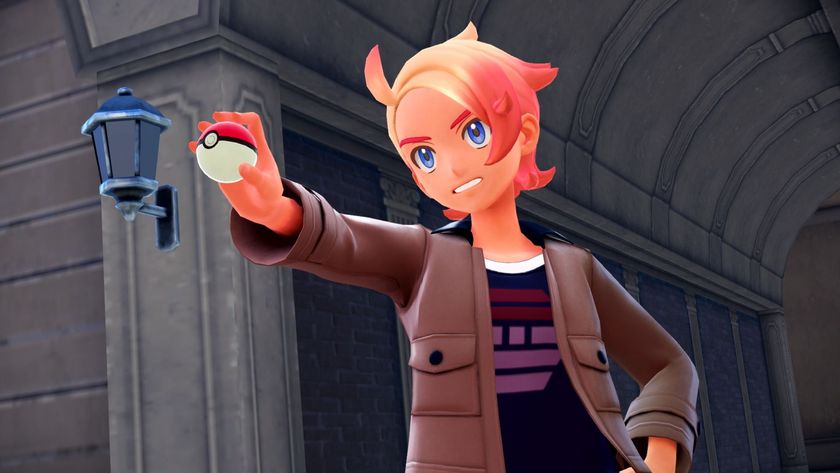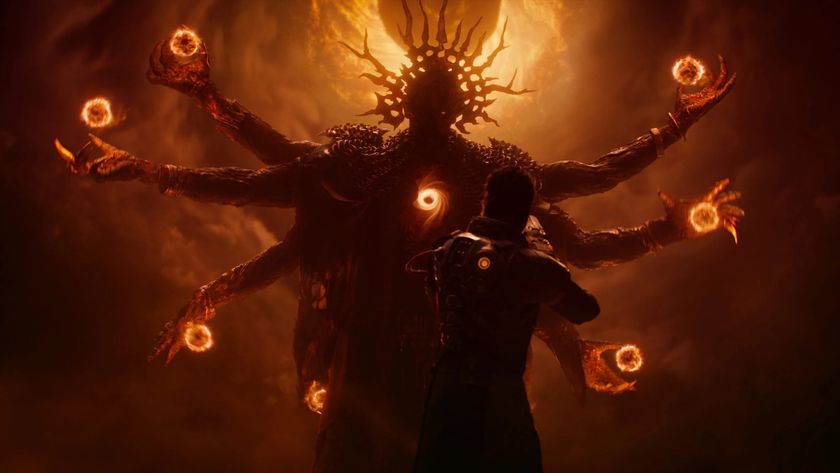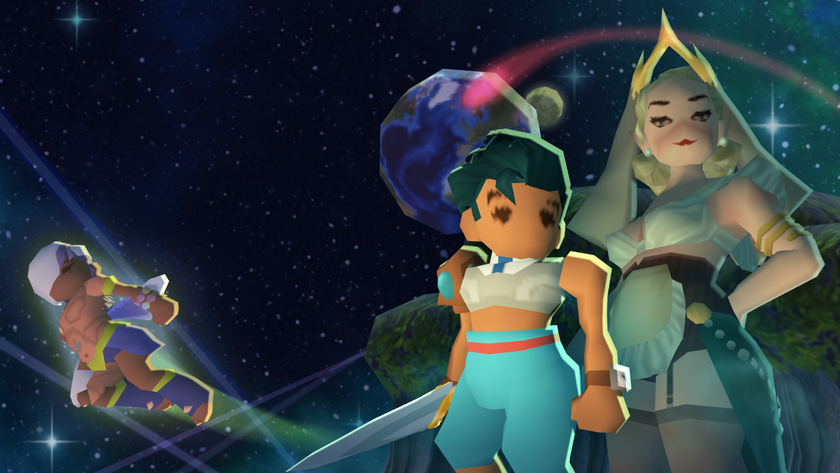Why I Love: Games about paper
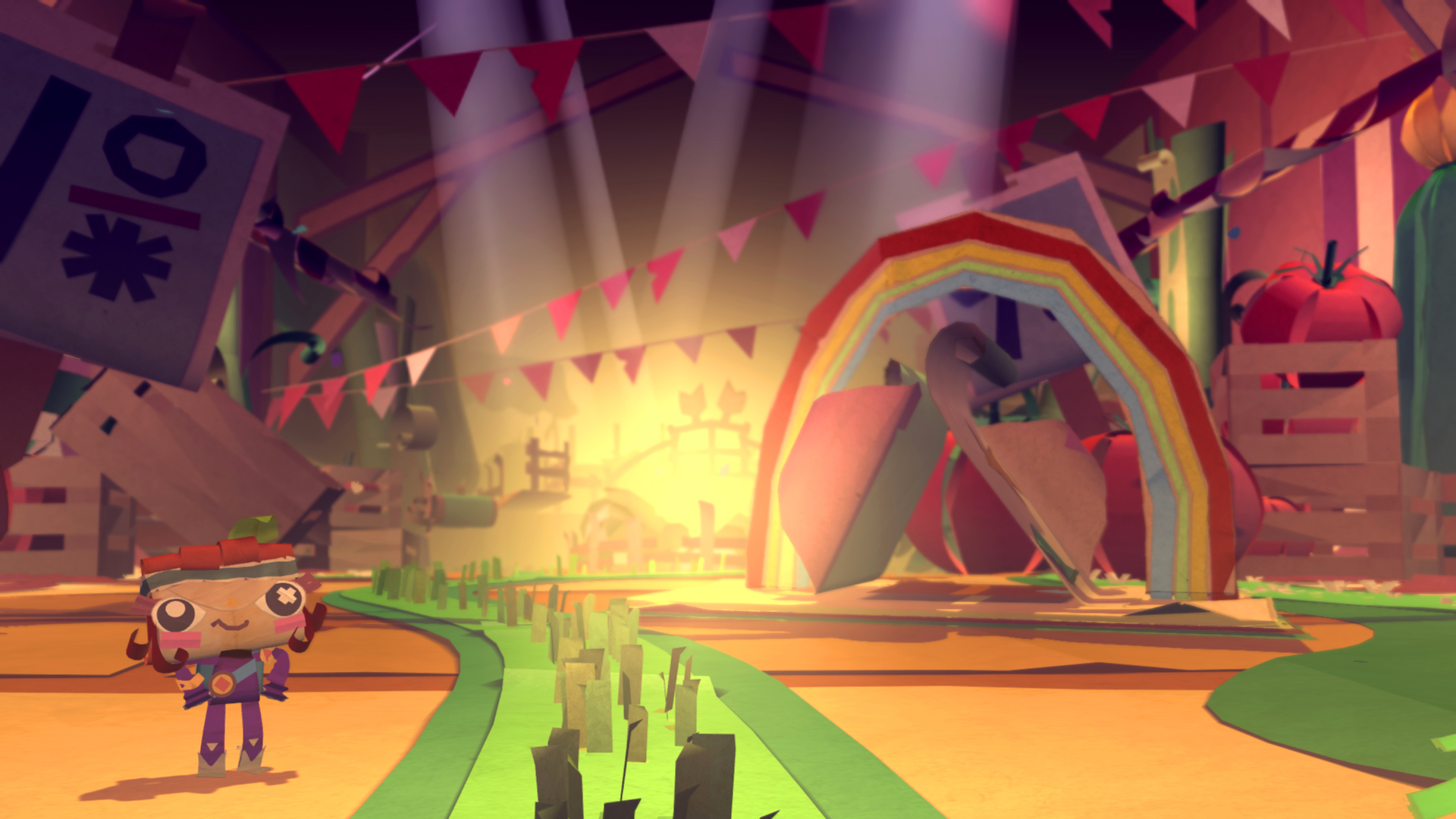
I was not a gamer when I was young. I was allowed to play educational titles (Super Munchers anyone? No?) and a handful of arcade games like Tetris or pinball. And Myst snuck through on artistic merit. But that’s about it. Video games, not a big thing in my childhood.
Paper, however, was everywhere.
Spiral-bound notebooks for school. Homework sheets and textbooks and crisp printer paper with my latest English essay. Post-Its with my dad’s chicken-scratch and recipe cards in my mom’s elegant script. Journals for writing stories about talking cats at one age, and unspeakably bad emo poetry at another. The giant Webster’s dictionary with delicate vellum pages. Mixtape liner notes, origami cranes, and scoresheets from Scrabble matches.
Given all the dead trees my youth incurred, I’m okay with having transitioned to a more digital life. But all the time I spent with paper as a kid means I still have a soft spot for the stuff. And I’ve found myself seeking out games where paper takes the starring role.
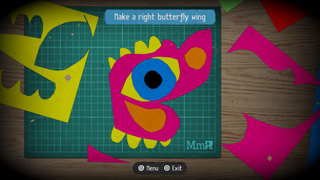
First off, they’re pretty. I have yet to find a paper-centric game that isn’t gorgeous. Second, when done well, they’re marvels of sound engineering. Paper produces a surprising amount of noise. The flip of a book’s pages, parchment against a fingertip, ripping of construction paper; each one is unique, and an audio team that can convincingly recreate them all for a game setting should be getting paid double.
But the third reason is the most important. Paper is about making. A blank piece of paper isn’t really blank; it’s just waiting for an idea. When a game understands that paper is one of the ultimate creative tools, it unlocks the real magic. That’s how it turns from a cool sensory experience into a really amazing game.
Take Tearaway: Unfolded, one of my favorite paper games. It encapsulated that maker mindset and put it into the gameplay. You have to draw and fold. You design and think artistically as you progress through the different papercraft worlds. The game is tactile, not just from its innovative use the PS4 controller, but in how the cursors really felt like extensions of your hands. That’s why I stuck through the entire game, despite its flaws. Every time I picked up the controller, I was excited to how it would inspire me next. And when I put the controller down, I wanted to immediately run to my desk and doodle, to translate that in-game creativity to my actual life.
Sign up to the 12DOVE Newsletter
Weekly digests, tales from the communities you love, and more
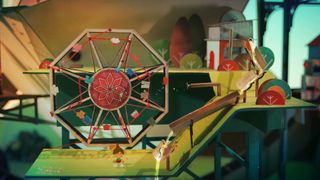
Lumino City evoked the same feeling. I played it at E3 last year, and it was hard to pull myself away from its intricate paper universe. I wished I had made those dioramas, built a miniature world of such detail and brilliance. Because really, who makes a tiny functioning water wheel out of sticks and string, then turns it into a puzzle for their adventure game? That’s somebody I want to be friends with.
Having grown up from a dorky, creative kid into an adult who’s dorky and creative for a living, I’m grateful to the game designers who looked at a piece of paper and said, “I can make that something really cool.” Their work inspires me to do the same, to return to that child’s world view where there are no judgments, no rules, and no limits to what I can do.

Anna is a freelance writer who has written for the likes of GamesRadar, Ars Technica, Blizzard Watch, and Mashable. She's also created games as part of various game jams. Anna likes games about solving puzzles and/or shooting things. She wishes she could trade zingers with GLaDOS and have beers with Garrus Vakarian in real life.
Most Popular



